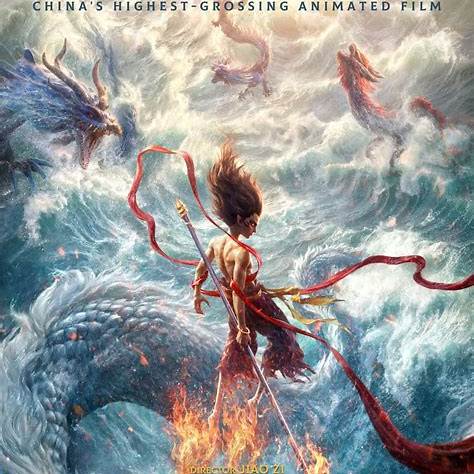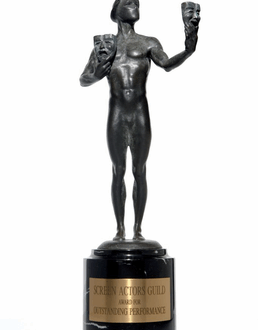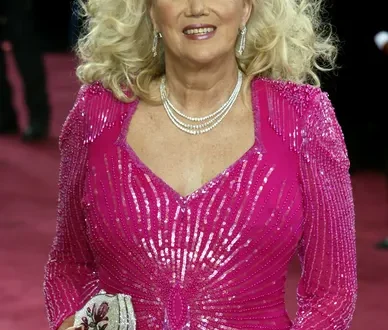The legend of Ne Zha has been retold for centuries in Chinese folklore, but in recent years it has found dazzling new life on the big screen. Ne Zha 2, the long-awaited follow-up to the 2019 animated hit that shattered box office records, arrives with enormous expectations. What it delivers is not only a visual spectacle but also a moving continuation of a story that blends mythology, comedy, and a modern sensibility, all while digging deeper into the complexities of destiny, family, and heroism.
The film picks up after the events of the first installment, which reimagined the rebellious child deity as a misunderstood boy destined to become either a savior or a destroyer. In this sequel, Ne Zha faces the lingering consequences of his actions and must reckon with the weight of newfound power. At the heart of the story lies the fragile balance between Ne Zha and his once-rival, now uneasy ally, Ao Bing, the dragon prince. Their intertwined fates propel the narrative forward, exploring whether bonds forged in conflict can evolve into bonds of trust.
Visually, Ne Zha 2 is nothing short of breathtaking. The animators have doubled down on the kinetic energy of the action sequences, creating balletic battles that feel like they could burst out of the screen. The swirling movements of dragons through clouds, the crackle of lightning across enchanted weapons, and the chaos of a world caught between celestial forces all carry a meticulous attention to detail. Yet the film’s quieter moments are equally impressive, with sweeping shots of villages, temples, and mountains imbued with painterly grace that pays homage to traditional Chinese art.
What elevates the film beyond its technical achievements is its emotional core. Ne Zha is no longer simply the brash, hot-headed youth determined to prove the world wrong. He is a character wrestling with growth, torn between his impulsive nature and a dawning sense of responsibility. His relationships drive the story as much as any battle. His bond with Ao Bing, in particular, provides the film’s most compelling thread. Once enemies destined to annihilate each other, they now stand at the edge of friendship, learning to trust even when suspicion and resentment simmer beneath the surface.
The humor that made the first film so accessible is still present, though more restrained. Side characters bring levity to the heavy mythological stakes, with clever one-liners and moments of slapstick. But the film wisely shifts toward a more mature tone, acknowledging that both its protagonist and its audience have grown since the first chapter. This tonal shift makes the story feel richer, giving its lessons about perseverance, identity, and empathy more resonance.
One of the film’s triumphs is the way it engages with the theme of destiny. In Chinese mythology, Ne Zha is fated to live a tragic life, but this retelling asks whether destiny is immutable or whether it can be rewritten through choice and sacrifice. It is a powerful message, especially for younger audiences, framed within a narrative that insists hope and determination can defy prophecy. The way the film dramatizes this tension—through battles with celestial beings, moments of sacrifice, and heartfelt dialogue—elevates it above standard fantasy fare.
If there is a criticism to be made, it lies in the pacing. At over two hours, the film occasionally lingers too long on exposition, with stretches of dialogue that risk slowing the narrative momentum. Yet even in these moments, the richness of the animation and the sincerity of the performances keep the audience engaged.
Ultimately, Ne Zha 2 succeeds as both a continuation and a reinvention. It honors the mythology that inspired it while offering a modern, emotionally layered story that resonates across cultures. It is a film that entertains, dazzles, and moves in equal measure. By the time the credits roll, Ne Zha’s journey feels less like a myth and more like a mirror, reflecting the struggles of anyone who has ever questioned their place in the world and fought to create their own destiny.




